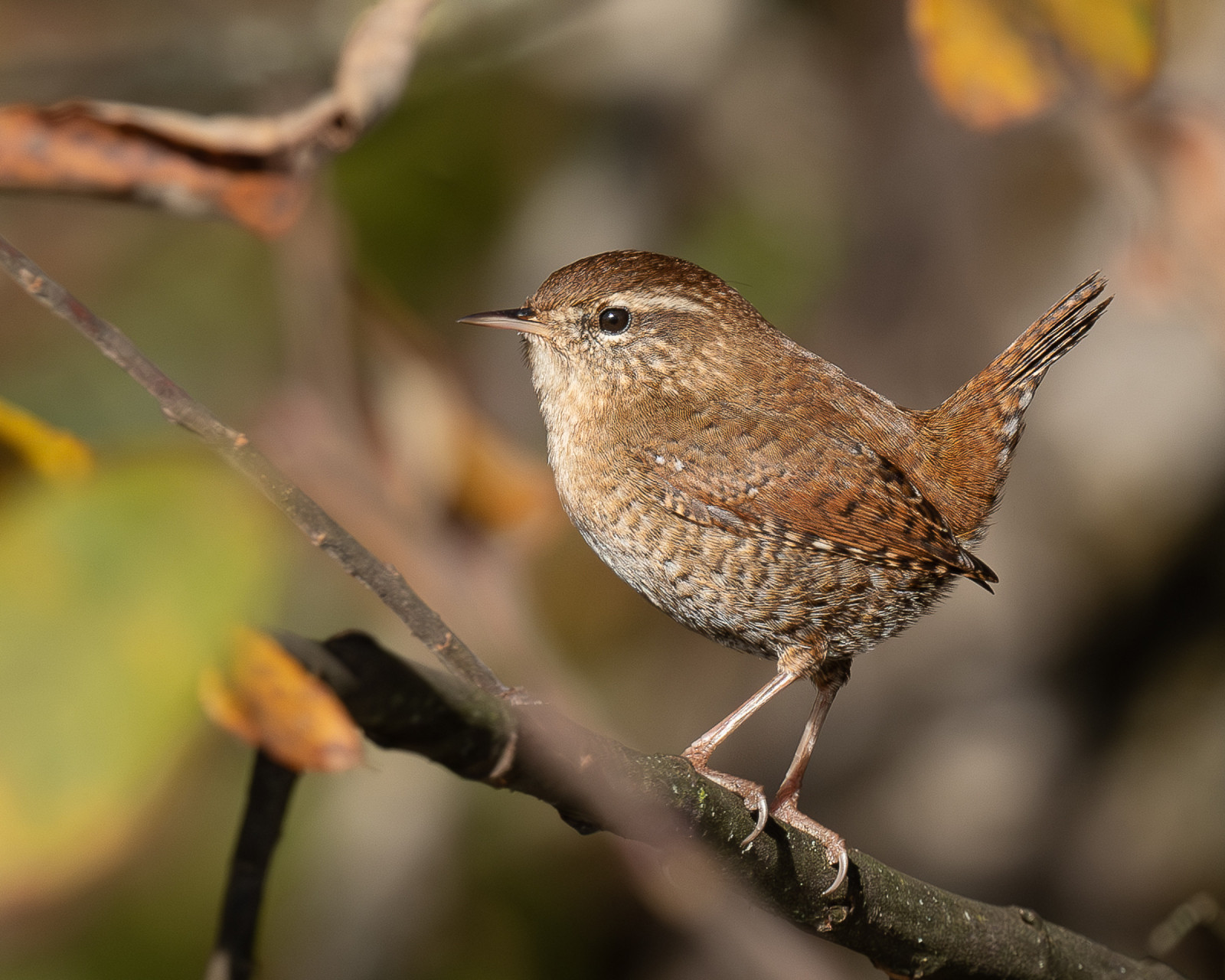Opis
Just east of Andissa, the Perivolis Monastery is located, and provides a fantastic spot for migrants. Just around the monastery, several large trees are used by many species of migrant and breeding birds. Often, syczek can be heard here too.
A small track leads you through the gorge of the Lardia and Voulgaris rivers. This gorge is a great spot for many species, both migrating and breeding. The river is used by waders, ducks, herons, storks and wagtails as foraging area. Carefully walk along the path and check the river with binoculars to find them. The adjacent scrubs, bushes and trees are perfect for migrants, like muchołówka żałobna and wilga (zwyczajna). Scarcer migrants, like słowik szary, tend to be found here more often. One of the few locations on the island to provide habitat for strzyzyk zwyczajny too. The rocky outcrops along the gorge are breeding habitat for (small numbers of) sokół skalny and pustułeczka, but mainly gadożer and kurhannik can be seen here. The semi open hills are great for wróbel skalny, pokrzewka wasata and kowalik skalny.
Szczegóły
Dostęp
The area can be accessed by a road, leading down to the monastery, and an unpaved path next to the gorge northwards.





